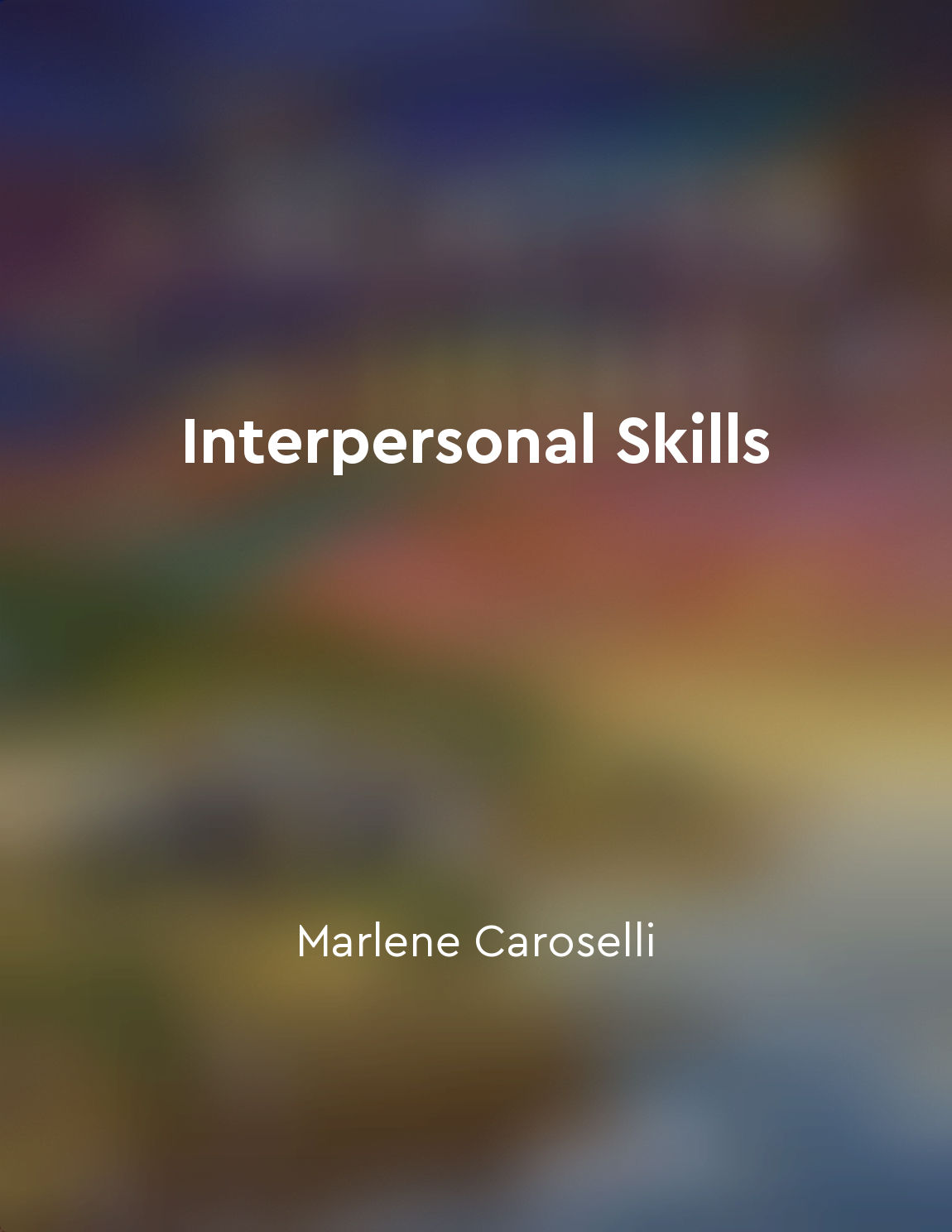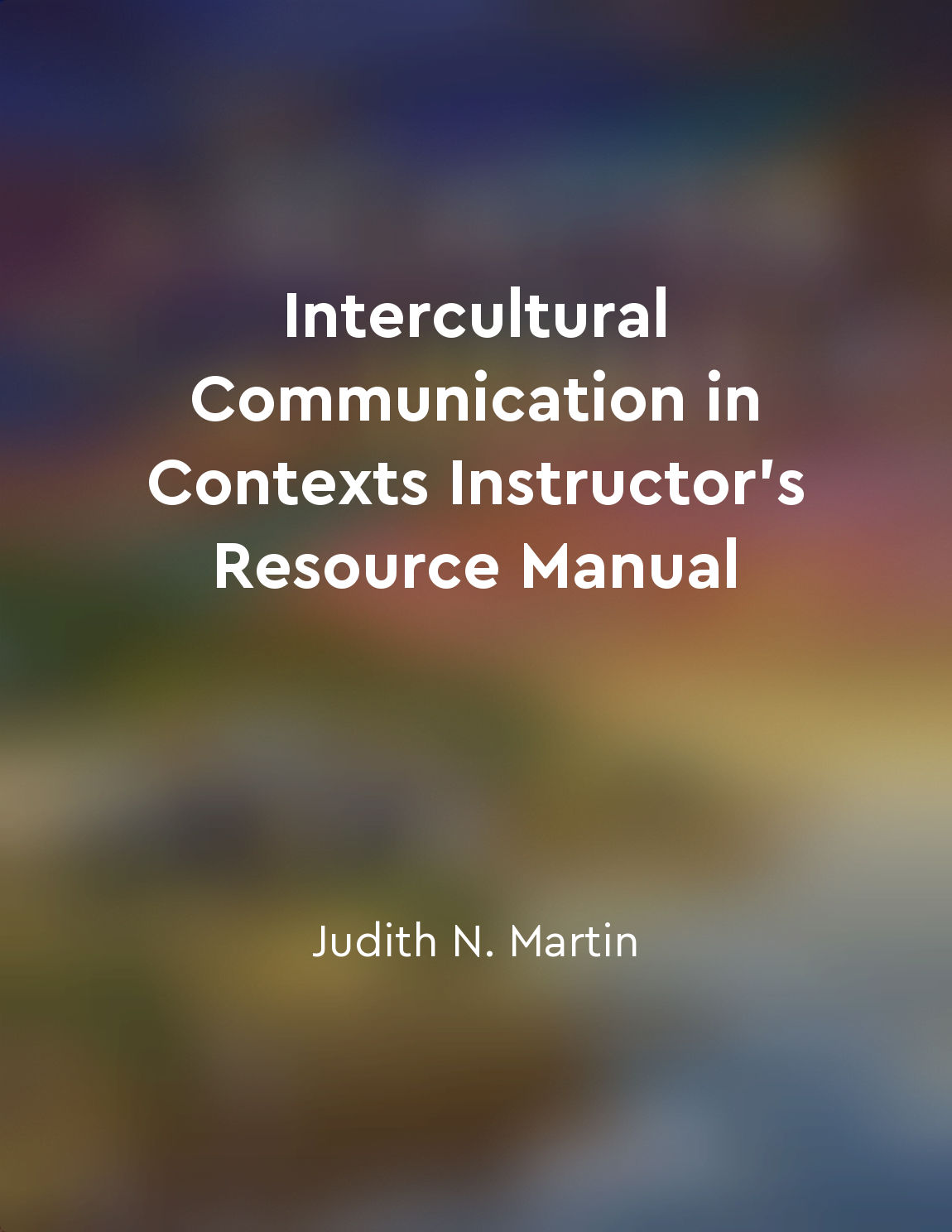Understand students' backgrounds from "summary" of Culturally Responsive Teaching by Geneva Gay
To effectively engage in culturally responsive teaching, educators must take the time to gain a deep understanding of their students' backgrounds. This involves recognizing and appreciating the unique cultural, linguistic, and experiential perspectives that each student brings to the classroom. By understanding students' backgrounds, teachers are better equipped to create meaningful connections with their students, tailor instruction to meet their needs, and foster a positive and inclusive learning environment. One key aspect of understanding students' backgrounds is acknowledging the diversity that exists within the classroom. Students come from a wide range of cultural, ethnic, and socioeconomic backgrounds, each with its own set of values, beliefs, and traditions. By recognizing and valuing this diversity, teachers can create a more inclusive and welcoming classroom environment where all students feel respected and valued. Furthermore, understanding students' backgrounds involves taking...Similar Posts
Vocal variety adds depth to spoken English
When we speak, our voice is our most powerful tool. It is not just the words we use that convey meaning, but also how we say th...

Setting boundaries is necessary for selfpreservation
In order to protect ourselves and maintain our well-being, it is crucial to establish clear boundaries in our interpersonal rel...

Practice emotional intelligence
Emotional intelligence is the ability to understand and manage your emotions, as well as the emotions of others. It involves be...
Embody a spirit of service and generosity
To truly make a difference in the lives of others, we must embrace a mindset of service and generosity. This means going beyond...
Understanding the nature of learning
To truly understand learning, it is essential to grasp the fundamental nature of how it occurs. Learning is not simply about me...
Practice reading body language daily
To become proficient at reading body language, it is important to make it a daily practice. This means paying attention to the ...

Language barriers can create misunderstandings
When individuals from different cultural backgrounds communicate, language barriers can often lead to misunderstandings. These ...
Promote student identity
Incorporating and valuing students’ identities is a crucial aspect of culturally responsive teaching. This means recognizing an...
We acquire knowledge from various sources
Acquiring knowledge is an essential aspect of human growth and development. It is through the accumulation of knowledge that we...
Student achievement linked to knowledge acquisition
Student achievement is fundamentally linked to the acquisition of knowledge. This connection is crucial for understanding how s...
